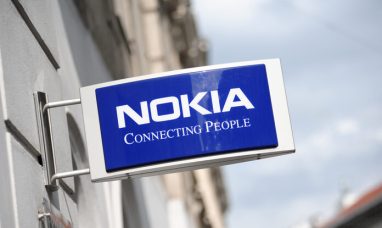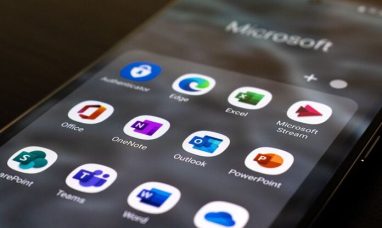Apple (NASDAQ:AAPL) announced its second-quarter earnings on Thursday after the bell, surpassing expectations on both top and bottom lines. However, revenue experienced a 4% decline year-over-year due to slower iPhone, iPad, and wearables sales compared to the same period in 2023.
Despite the decline in key product sales, Apple unveiled plans to authorize an additional $110 billion for share repurchases and increased its dividend to $0.25 per share, leading to a more than 3% increase in its stock following the report.
Apple’s revenue from Greater China fell by 8% year-over-year to $16.37 billion, though it exceeded analysts’ expectations of $15.87 billion. iPhone revenue, a crucial metric for the tech giant, dropped to $45.96 billion from $51.33 billion in Q2 last year.
Overall, Apple reported earnings per share (EPS) of $1.53 on revenue of $90.8 billion, surpassing Wall Street’s estimates of EPS of $1.50 on revenue of $90.3 billion, according to analyst estimates compiled by Bloomberg.
Apple faces challenges in China due to resurgent competition from Huawei and a slowing economy, contributing to a 10% decline in its stock year-to-date and 2% over the last 12 months. In contrast, rivals like Microsoft (NASDAQ:MSFT) and Google (NASDAQ:GOOG, NASDAQ:GOOGL) have seen significant stock gains.
While Mac revenue exceeded expectations at $7.45 billion, iPad revenue fell short at $5.55 billion, and wearables revenue, including AirPods and Apple Watch, came in below estimates at $7.91 billion.
A bright spot for Apple was its services revenue, which reached $23.87 billion, exceeding analysts’ expectations of $23.28 billion.
Looking ahead, Apple is preparing for its Worldwide Developers Conference (WWDC) in June, where it is expected to unveil updates to its operating systems and potentially introduce generative AI integration. Despite being a late entrant in the generative AI space, Apple has been actively investing in AI firms and developing its own large language model to enhance its AI capabilities, aiming to catch up with rivals like Google and OpenAI.
Generative AI remains a niche product among consumers, but Apple has the opportunity to leverage its ecosystem and innovative approach to drive adoption and potentially reshape the market landscape.
Featured Image: Megapixl ©Egometza









